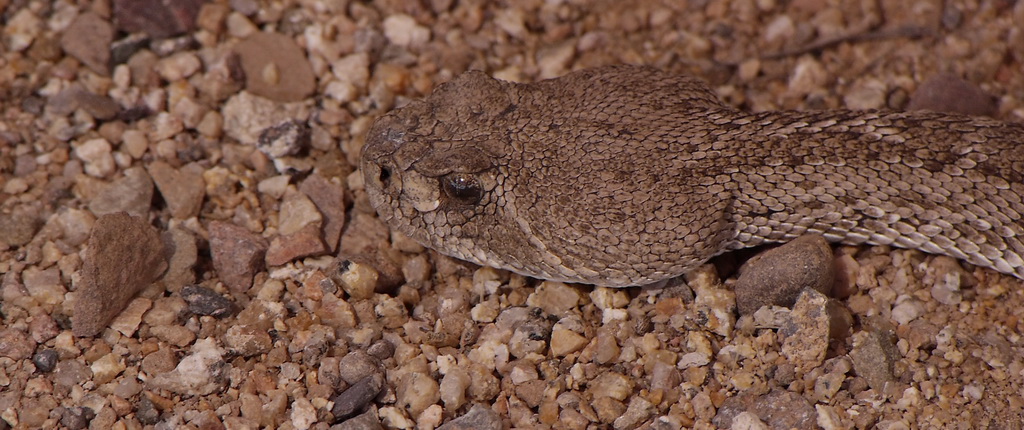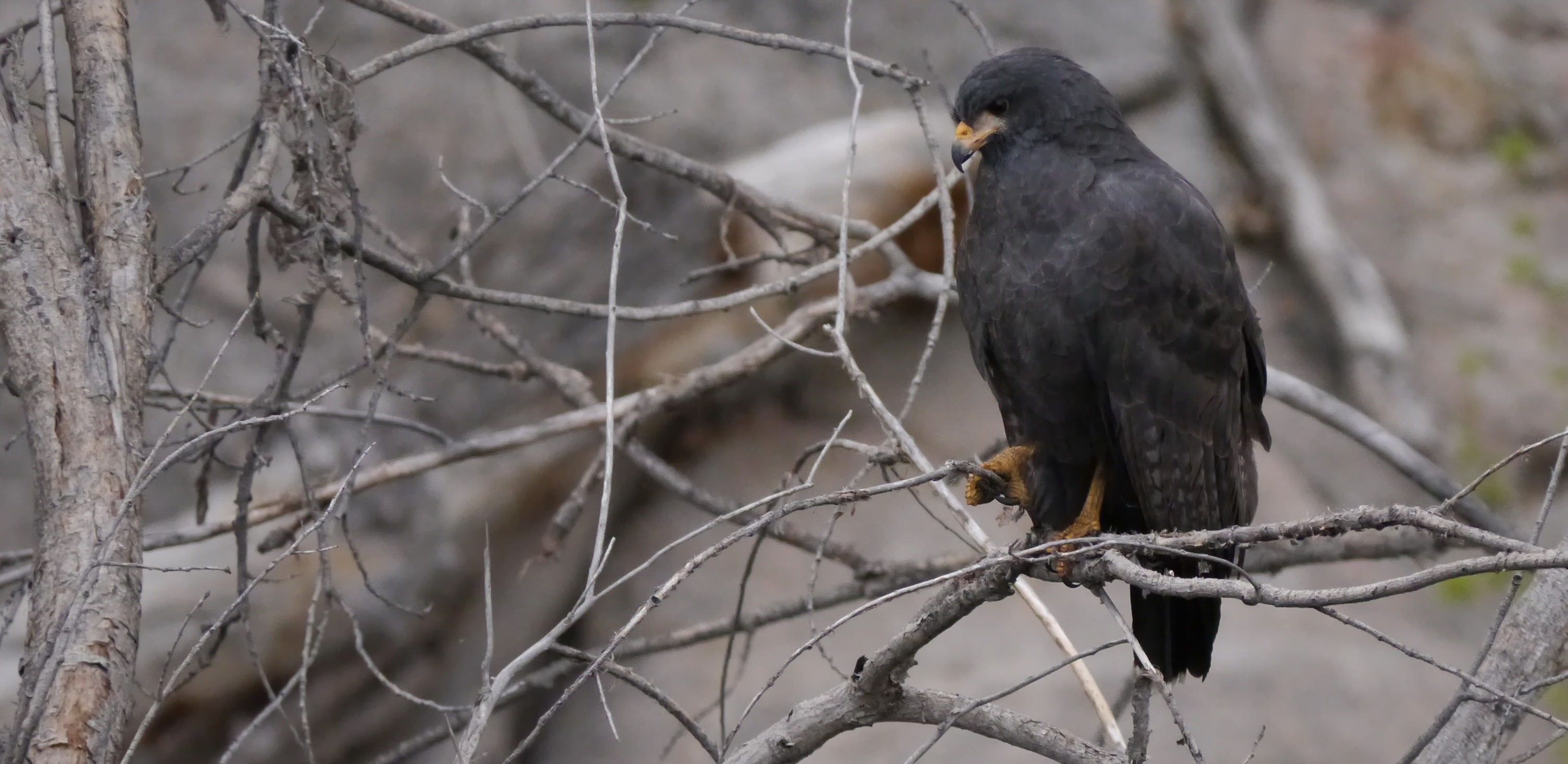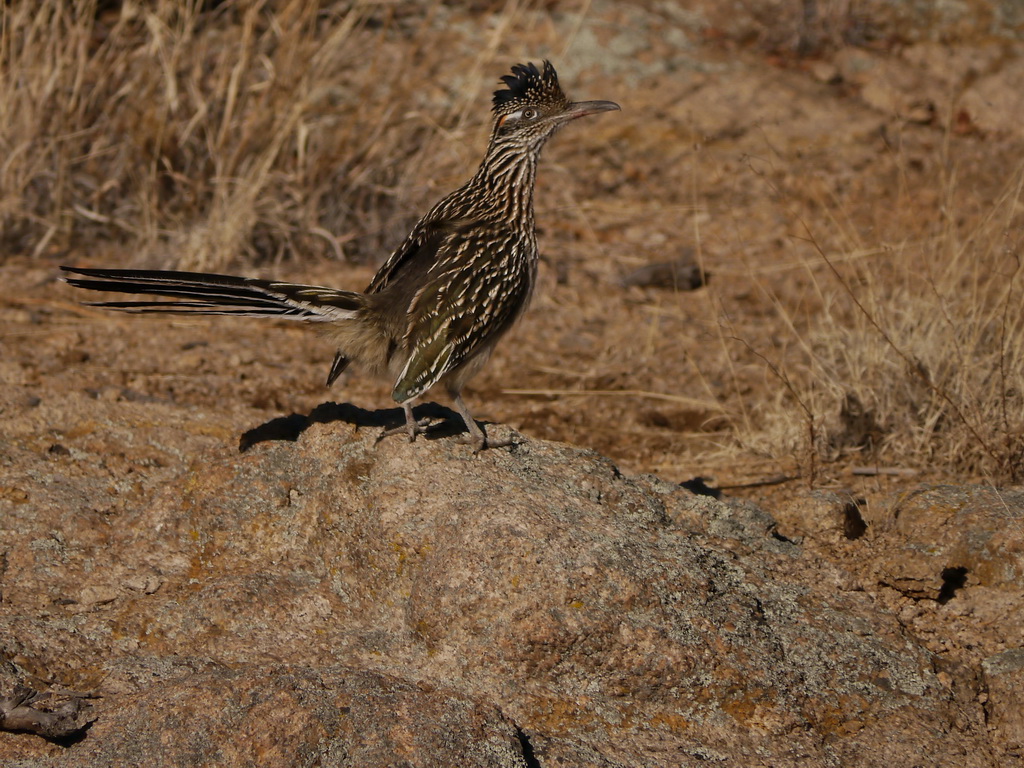You get what you pay for, they say. Today I collected a fortune, with interest, because I paid attention.
Spring officially arrived yesterday. Our calendars marked the vernal transition, but for most people, the day was little different from any other. Here in Arizona, we enjoyed clearing skies after a day of refreshing rain, while back in New York, blizzards greeted the daily commuters. Spring clearly is geography-dependent. Crocuses peeking through the snow may represent spring in one place, while the thermometers pass the 90-degree mark for the first time in parts of the Southwest. But no matter where we are, it is essential that we take note of the changes occurring around us. We need to be present, open, receptive; we need to accept the world’s implied invitation to be a naturalist.
As weak light of dawn edged away the starlight this Saturday morning, a chorus of birds arose, as if in anticipation of the life-giving sun. I dressed, drank my coffee, listened to the radio, threw out some bird seed. It could have been like any other day with a long list of projects that needed completion—too many, at that. However, as I dispersed seeds to keep my towhees, sparrows, and doves happy, I was overcome with the sheer beauty of the morning. My senses were awakened to freshness of the breeze, the slightly elevated humidity in this arid land, the complex song of a kinglet biding his time before heading off to some conifer forest to breed. Something special was happening, and I was soon drawn completely into it. My academic and household tasks could wait.
I stepped out onto the deck after breakfast and let my senses take over. Every movement, every sound, suddenly came into focus, and my challenge was to sort out the complexity into meaningful patterns. Without prior knowledge and lots of practice, I would have been limited to impressions of chaos. But to trained eyes and ears, stories clearly emerged from the noise. Within a couple hours of focused attention—all from the house—I came up with 42 species of birds. Without the focus, nearly all of those would have been missed.
When I listen to a symphony, I sometimes try to sort out the instrumental voices to see what each performer is contributing to the whole. What are the trombones saying while the violins carry the main message? How do the percussionists influence rhythm and tempo? Then I pull all the pieces back together into the ordered complexity of the full composition, and it has become richer, more meaningful, for me. The same applies to the symphonies of nature.
Henry David Thoreau identified himself as a “self-appointed inspector of snow-storms and rain-storms.” I have appointed myself a scribe recording the sights and sounds of the living world around me. A chronic chronicler, a die-hard diarist, a repeating reporter of natural history. I pay attention.
So what are a few of the sights and sounds that built the fantastic symphony that so enriched my morning? Well, the Anna’s Hummingbirds met some competition when the first Black-chinned Hummingbird of the season showed up. Some Anna’s spent the whole winter here, a visual treat when a flash of blazing pink throat feathers contrasted with the snow on the oaks on which they perched. Last week, they tolerated a male Costa’s Hummingbird, a desert species that shows up here for a day or two each spring. Hummingbirds are feisty, and if one watches, one can see spectacular strafing dives as one attacks another. The victor returns to a prominent twig and declares his superiority with a high-pitched buzzy song. Soon that territorial defense will be tested when dozens of hummingbirds of as many as five species all vie for access to the nectar tubes. I can’t wait.
Another species showed up this morning after a long winter absence. I was scanning the greening cottonwoods along Granite Creek when a large bird appeared, screaming and soaring higher over the riparian area—a Common Black Hawk! Anything but common in North America, this bird nests along this creek and feeds on frogs, fish, and crayfish. Welcome back!
Gambel’s Quail arrived on foot, as they typically do, weaving among the shrubs, sometimes moving surprisingly fast for having such short legs. Some are paired off now, and one lone male has begun to give his single-note advertising call. It is his only hope for finding a mate, and I feel for him.
As in any symphony, the different sections have their moments to stand out. Silent for the first few hours, a kettle of ravens appeared, croaking harshly as they circled upward on rising air currents. Violet-green Swallows danced lightly among them. During one lull in the chorus, a Canyon Wren launched into its dramatic descending whistles, a sound that anyone who frequents rocky outcrops and canyons in the Southwest loves to hear.
White-crowned Sparrows alternated ground foraging with interludes in the shrubs, where they practiced their lovely songs that will become territorial signposts when they reach their breeding grounds.
A single cormorant flew by on rapidly beating wings, then a Common Merganser, flapping hard. These are clues to the presence of Willow and Watson Lakes just out of site behind the bulwarks of the Granite Dells. One does not to be in sight of the wetlands to sense just where they are.
Later in the day, after I had gone back to my never-ending paperwork, I was distracted by mournful descending coos. “Mournful” is purely a human invention we use to compare a sound to other sounds we know. It’s possible that the roadrunner I was hearing was as euphoric about spring as I was. I grabbed my camera and captured the aberrant cuckoo in pixels. Standing motionless atop a granite spire, the bird was frozen in space and time, and I thought it was being wary of my presence and the camera lens projecting toward it. After several minutes, I took one step closer, and the statue collapsed into a diving feathered projectile that launched from the rock, spun around in the bushes below, and emerged with a struggling lizard in its beak! And I thought it was paying attention to me.
A week ago as spring break was coming to a close, Joanne and I ventured down to some Sonoran Desert preserves near Cave Creek north of Phoenix. What a joy it was to follow a flowing stream in the midst of the desert; to sense the abundant flowers and attendant insects; to walk through an arbor of manroot vines with dangling, spiny cucumbers; to see dozens of birds and butterflies; and to come across three Western Diamondback Rattlesnakes. Spring was in full roar in the desert, and we loved it.
We don’t often get to watch rattlers that are not in some kind of defensive posture in response to our bumbling movements, but this time, two of the rattlers emerged from a hole close to the picnic table where we had stopped for lunch. Each moved slowly and deliberately, testing the air with a black, forked tongue. I turned to finish making my sandwich, and one disappeared in the moment I wasn’t watching, apparently gone out into the desert. In a moment of inattention, I had missed its passage. In the desert where rattlers occur, it is indeed imperative to pay attention! 
An article* I gave my Animal Behavior students to read came to mind. “Crotalomorphism” is a metaphor used to remind us that our view of the world is limited by the very fact that we are humans. We commit anthropomorphism when we attribute human traits to non-humans, and perhaps the easiest way to understand that would be to take the animal’s viewpoint and attempt to interpret behavior from that perspective. Here is what the authors of the crotalomorphism paper wrote:
A researcher is studying the behavior of a very colorful lizard. When this lizard sees a person, it rapidly changes its color to match its background, just as octopuses are well known to do. The researcher concludes that the change in color is a cryptic response to avoid predation. Just at this time, however, a large female timber rattlesnake (Crotalus horridus) that is quietly observing the researcher from some nearby brush is suddenly spotted by the researcher, who is both startled and scared. Rattlesnakes, being pit vipers, can detect patterns of infrared radiation from mammals through the loreal pits situated between the eyes and nostrils. Therefore, when the snake perceives the researcher, she detects it as a very warm animal moving in a much cooler background (not unlike the way the human sees the colorful lizard). When the startled researcher saw the rattlesnake, adrenalin kicked in and the flow of blood to the arms and legs was reduced, along with all other peripheral circulation; this is a normal response to stress. The researcher turned cooler and was therefore less visible to the infrared-detecting “eyes” of the snake. Our clever rattlesnake concludes that the person is trying to escape by matching the cooler background. The drop in peripheral temperature is a cryptic response to predators with heat-sensing organs.
This hypothetical example has two lessons for us: (1) we can easily err in drawing conclusions from observations in nature if we restrict ourselves to viewing through a human lens and (2) sometimes putting ourselves in the metaphorical shoes of another creature can get us a bit closer to understanding the function of a behavior. In other words, we need to consider the worldview (or umwelt) of another creature more on its terms rather than on ours.
Two very different nature experiences in the past week—both wake-up calls to be present wherever I am, to use my senses as they were meant to be used. Achtung! Attention!
*Rivas J, Burghardt GM. 2002. Crotalomorphism: a metaphor for understanding anthropomorphism by omission. In: Bekoff M, Allen C, Burghardt GM, editors. The cognitive animal: empirical and theoretical perspectives on animal cognition. Cambridge (MA): The MIT Press. p. 9-17.



Walt, I continually enjoy learning from you. Thank you.
My good friend Walt, the consistent grace and delicacy of your perceptions of the natural world have been a source of inspiration to me for decades. Thank-you for the generosity of your sharing.
It is most interesting to consider your recommendation that we take care not to “restrict ourselves to viewing through a human lens and (2)(that) sometimes putting ourselves in the metaphorical shoes of another creature can get us a bit closer to understanding the function of a behavior. In other words, we need to consider the worldview (or umwelt) of another creature more on its terms rather than on ours” For me, this inevitably raises a profound question: “However we may creatively adopt the world-perspective of a non-human life form, can our view really ever be other than a human one?” This question always returns me to a fundamental truth: our most primary responsibility as sentient beings is to inquire into the nature of our own consciousness. It seems to me that our faithfulness to this responsibility of self-inquiry will determine the degree to which we are able to truly understand the consciousness of our fellow life-forms in the world around us.
Thank-you Walt, for always stimulating me toward a better understanding of the Natural World.
Ira, I agree with you completely. Few of us are as consciously self-reflective as you are, but if we don’t try, we will surely live in ignorance and will project our own thoughts on others (we do that with people, too). Yes, our human perspectives will always be there, but “putting ourselves in their shoes” can be a step in the inquiry process that then can lead to testable predictions. Without testing, then any hypothesis might be no more than story-telling in the Kipling sense (“How the zebra got its stripes”). Cognition in non-humans is a fascinating topic, and its study was inhibited for years because of the science community’s abhorrence of anything that might smack of anthropomorphism. It very likely reflected that same community’s tendency to put us on an evolutionary pedestal. At least now, serious questions can be raised and debated. I recommend two books that debunk many popular myths about animal intelligence while doing so in lively and entertaining language: Do Animals Think by Clive D. L. Wynne and Clever as a Fox: Animal Intelligence and What it can Teach Us about Ourselves by Sonya Yoerg.
Thanks Walt. This makes me wish I had the benefit of closer and more consistent interaction with you. Those like yourself who have lived so closely with our fellow creatures,and have loved them as you do, have intuited that these beings of the natural world share with us such an incredibly wide range of the emotions and understandings some have so often thought of as only “human” characteristics. It feels good to see the scientific community finally catching up with the clear intuitions of naturalists like yourself! Thanks Walt, for your perceptive and consistent work. It has always been a blessing to learn from you. ira
By the way…is my recollection correct that there were Roadrunners reported at the Buttes some years ago?
Yes. See p. 153 of Inland Island: The Sutter Buttes. Roadrunners were residents in the Buttes until at least the early 1920s. Roger Wilbur found a nest in the Buttes in 1922. I saw one just west of the Buttes in 1989, so it remains possible that some are still near or maybe even in the Buttes. I suspect extensive fires consuming most of the chaparral might have eliminated them one or more times.